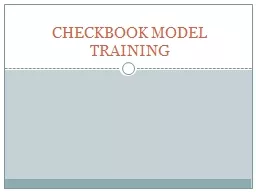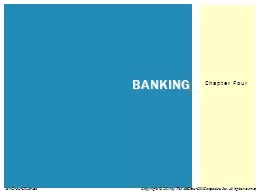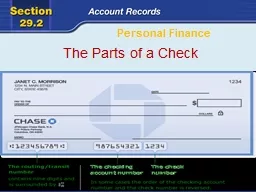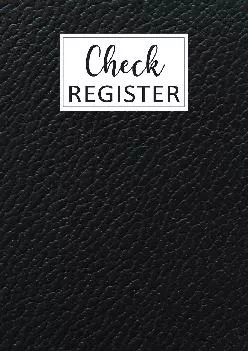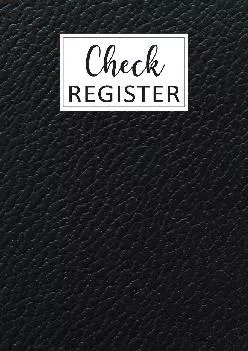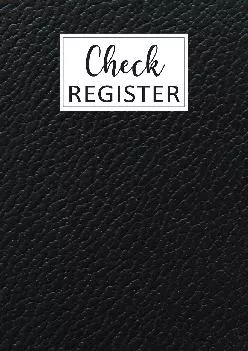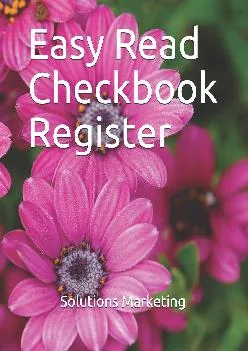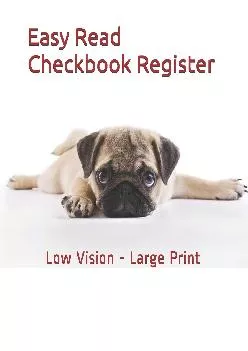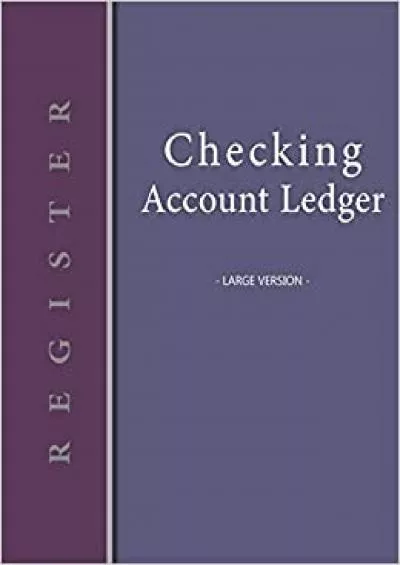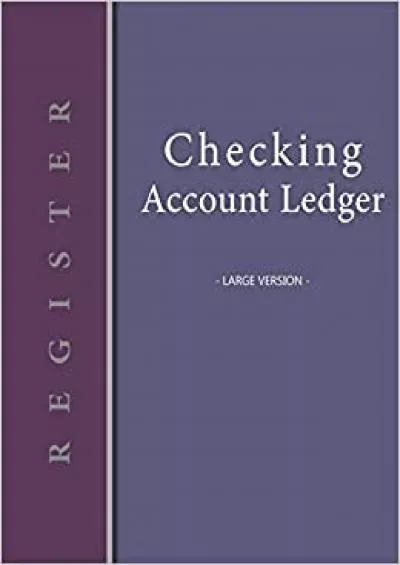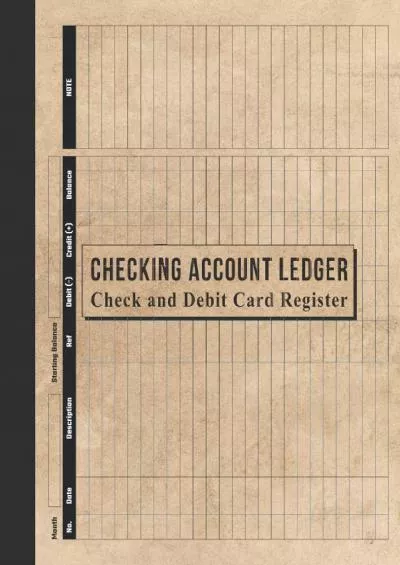PPT-CHECKBOOK MODEL TRAINING
Author : missingsole | Published Date : 2020-06-17
OVERVIEW PROFITSWORD IMPORT SUMMARY WORKSHEET ADJUSTING FORECAST DEPARTMENT WORKSHEETS INVOICES amp POS ORIGINAL VS FLEX TARGETS PRORATE ITEMIZE amp PRPLUS GM
Presentation Embed Code
Download Presentation
Download Presentation The PPT/PDF document "CHECKBOOK MODEL TRAINING" is the property of its rightful owner. Permission is granted to download and print the materials on this website for personal, non-commercial use only, and to display it on your personal computer provided you do not modify the materials and that you retain all copyright notices contained in the materials. By downloading content from our website, you accept the terms of this agreement.
CHECKBOOK MODEL TRAINING: Transcript
Download Rules Of Document
"CHECKBOOK MODEL TRAINING"The content belongs to its owner. You may download and print it for personal use, without modification, and keep all copyright notices. By downloading, you agree to these terms.
Related Documents

